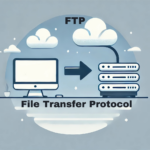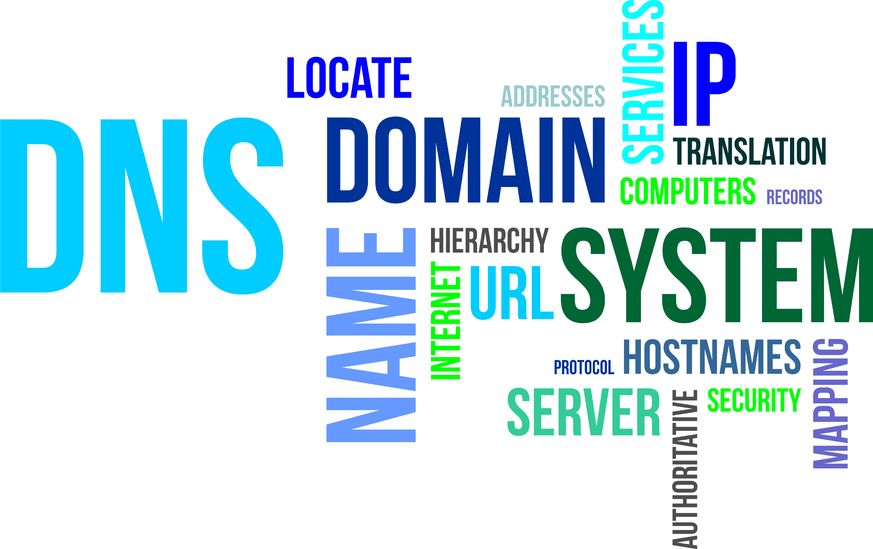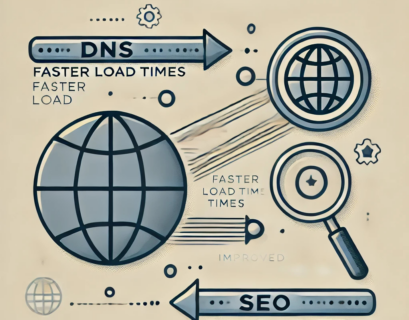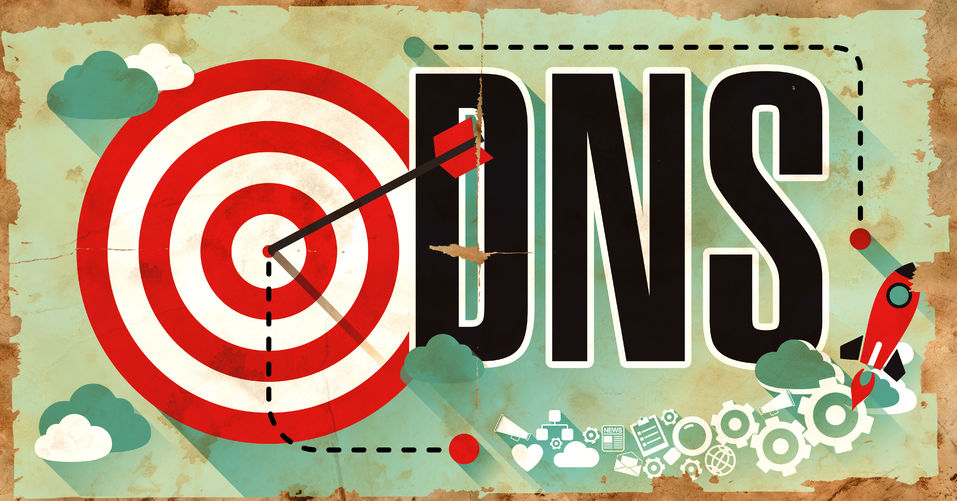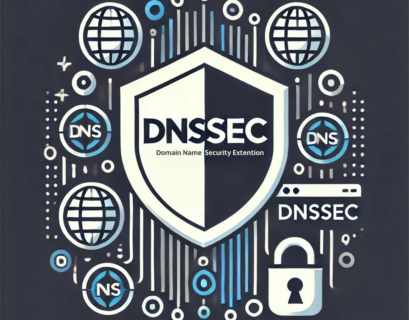Knowing what DNS is can already show you the answer to what DNS outage is. The clients won’t resolve your domain name, so they will get an error and won’t be able to reach your site or use your application. The DNS downtime could lead to angry customers, lost sales, and bad branding. But you can avoid DNS outages. Do you want to know how?
Table of Contents
DNS outage (DNS downtime) – what does it mean?
The DNS outage (a.k.a. DNS downtime or DNS failure) is a period of time when the domain name can’t be resolved to its IP address. The clients will send a DNS query for a domain name, but the DNS recursive will either answer with the old IP address from its cache, which will not respond, or it will try to query the DNS authoritative name server of the domain name won’t get an answer.
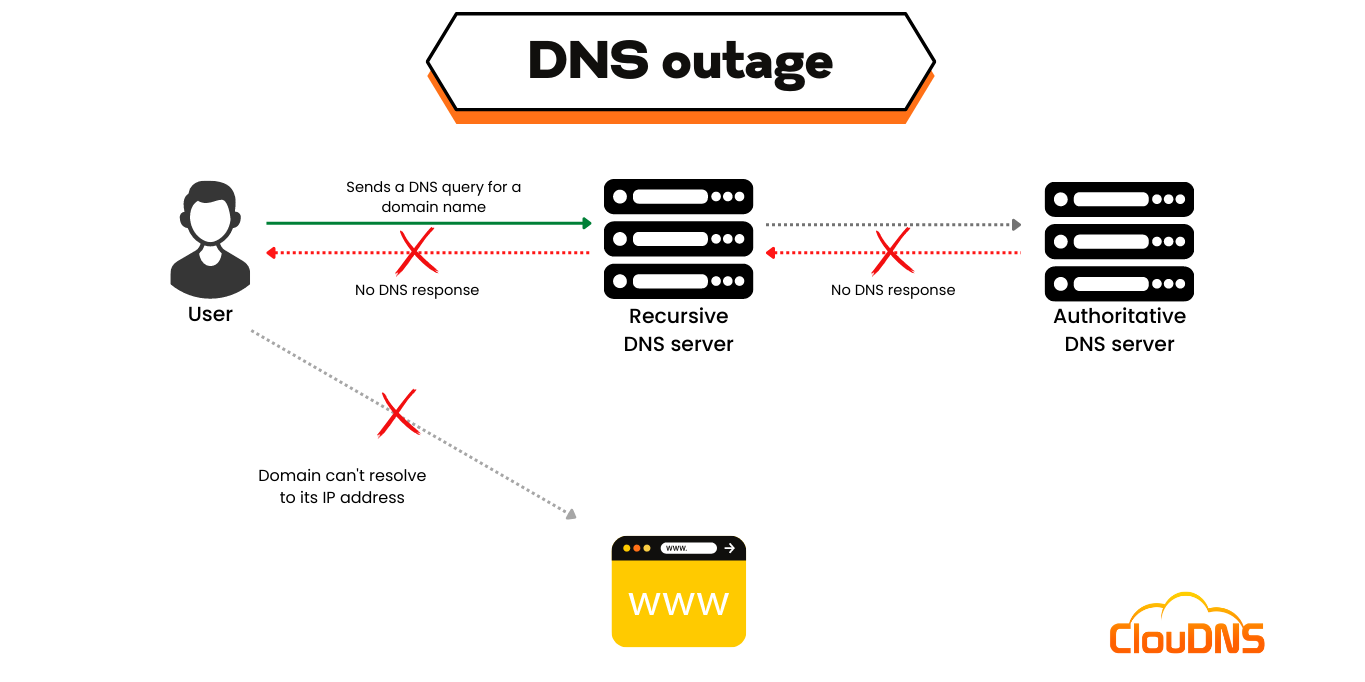
What causes DNS outages?
DDoS attacks
DDoS or a denial of service attack, is a type of cyber-attack that involves multiple devices that work together, targeting a victim’s computer, with a large amount of traffic intending to make it unable to answer any more queries. To prevent any problems that a DDoS attack can cause, you will need a load balancing that can share the traffic between your servers, even if it is very strong. And also, you will need DDoS-protected servers.
Maintainance of the authoritative name server
If you are using only one authoritative name server, whatever happens to it, can affect your DNS. If it needs updates and reboot, the time that it takes, the server won’t be able to respond to DNS queries. Updates and maintenance are needed, so you better have a Secondary DNS that can answer the queries meanwhile.
A problem in the data center, where the authoritative name server is
The cloud equipment does not magically hover over the Earth. Instead, it resides in multiple data centers. These places can have problems like long-lasting electricity outages, natural disasters affecting the area, fire, or other problems. If you are using a cloud service, these issues are out of your hands, but you can use multiple servers in multiple data centers. If one is down, still, there will be more to answer the queries.
Bad configuration
Errors in DNS configuration can cause DNS downtime. It can be a human mistake, like badly addressing caused by misspelling the IP address or domain name, script error, wrong firewall configuration, etc.
If it is a misspelled problem, you can try to query the domain name and the IP address to see which does respond and which does not.
If it is the firewall, you can check the ports if they were allowed.
DNS propagation delay
When you add or remove DNS records (like A or AAAA records), the changes are not always instant. You are editing the zone file inside the Primary DNS server, and you can propagate to your Secondary DNS servers, but there are many DNS recursive servers that you don’t control. They can keep your old IP address and provide it to clients, even after you published a new one.
What you can do about the DNS propagation is to push the zone transfer to your Secondary servers and to keep lower TTL values for your DNS records.
It is not technically a DNS outage because it will affect only those with the older cached IP address of the domain name, but it was worth mentioning it.
Experience Industry-Leading DNS Speed with ClouDNS!
Ready for ultra-fast DNS service? Click to register and see the difference!
How to avoid DNS downtime (outage)
The best way to avoid DNS outages is to have a robust DNS network that provides redundancy and can withstand strong traffic. The more servers you have, the better you are going to be prepared. Additional features might also facilitate the DNS administration and automate the process of handling problems.
Use Secondary DNS services
A secondary DNS service provides you with the opportunity to use multiple Secondary DNS servers, which can be set as Secondary authoritative nameservers. They will have a copy of the zone file with the DNS records. They can answer queries for your domain, just like the Primary one. The big advantage is that they will keep answering even if the Primary is experience downtime. Having Secondary DNS is your DNS backup solution.
You can learn more about it in this article, “What is backup DNS?”, and you can try our Secondary DNS plans with a 30-day free trial.
Use DNS load balancing
DNS load balancing is also another nifty way to lower the chance of DNS outages. It is a mechanism for administrating the DNS traffic between the DNS server, based on criteria like the number of active connections, specific algorithm, time of connection, etc.
It will reduce the stress on a particular DNS server and spread it between the network.
It can help in case of a DDoS attack but also in a natural spike in traffic caused by increased clients’ queries. It can help you during a promotional period when you are experiencing higher traffic.
Be prepared with DNS Failover
DNS Failover is a trigger that will activate in case of a nameserver’s failure. It can automatically redirect the traffic without any human interaction, based on the information it gets from DNS monitors like ICMP ping, UDP requests, HTTP checks, etc. It is an easy way to keep your clients’ happy and provide DNS resolution, even if some of your DNS servers are experiencing some problems. We offer DNS Failover service with all of our paid plans.
Also, we recommend you to check our Brand new Monitoring service!
How to diagnose DNS outages?
When facing a DNS outage, quick diagnosis is essential to restore functionality. Follow these steps to pinpoint the problem:
- Ping the Domain
Use ping to check if the domain resolves and the server responds.
ping example.com
If it doesn’t resolve, it’s likely a DNS issue.
- Test DNS Resolution with nslookup
Verify if DNS is working by querying your DNS server with nslookup.
nslookup example.com
If it returns an IP address, DNS is working for that domain. But if it fails, the DNS server may be down or misconfigured.
- Run dig for detailed queries
Use dig for detailed DNS resolution data, including specific DNS record types.
dig example.com
Add +trace to follow the query path through name servers and find where it fails.
- Test with Alternate DNS Servers
Query public DNS servers (like Google’s 8.8.8.8) to rule out provider-specific issues.
nslookup example.com 8.8.8.8
If the domain resolves with a different DNS server, it suggests the problem is with your original DNS provider.
- Check DNS Propagation Delays
If you’ve recently made DNS changes (such as updating A or MX records), delays in DNS propagation could be the culprit. Use online tools like ClouDNS Free DNS tool to check whether your DNS records have propagated across global DNS servers.
- Check for DDoS attacks or high traffic loads
DNS outages can be caused by Distributed Denial of Service (DDoS) attacks or heavy traffic loads. Tools like TCPdump can help capture and analyze DNS traffic to detect abnormal patterns, such as a flood of queries or unusual IP activity.
Example:
sudo tcpdump -i eth0 port 53
This command captures DNS traffic, allowing you to inspect for signs of an attack. For real-time detection, combine TCPdump with network monitoring tools and DDoS mitigation services.
Troubleshooting
What can you do when your domain is not reachable?
As DNS administrator of the domain name, you can:
- Suppose you have recently finished a DNS delegation. You might need to way up to 24 hours, so the changes are well propagated.
- Check if you have paid for your domain name. If you have forgotten to pay your domain name, it won’t answer queries anymore when it expires. Set reminders for domain renovation and don’t miss the time.
- Use the ping command to ping the DNS server from different locations to see if it is responding to any DNS requests. It is possible that you haven’t set up your nameservers correctly, and they are working but not answering queries for the domain name.
- Try to reach the DNS server by using its IP address. If you can reach it, there might be a badly configured A or AAAA record that does not link well the domain name and its IP address.
- Check your DNS monitor and see how the traffic is going. If you can’t see the monitor’s log, check if there were any unusual activities before the server stopped working. For example, it could have been a DDoS attack. If it is still happening, you can redirect the traffic and stop it.
As a client who can’t reach a site:
- You can have problems with the DNS cache of your device. You can flush the DNS of your device and your browser. This action will remove the previous DNS records that you have, and your device will search again for the A or AAAA record of the site you want to visit. If you had an older IP address, this could fix it.
- Maybe your router is the problem. The router has a recursive DNS server that may need to be restarted. Pull its plug, then wait around a minute and connect it again. It should reboot and start working well again.
Monitor your DNS server
Monitor your DNS for any strange pattern in traffic. There are different automatic monitors that you can set to see the traffic behavior. If something strange happens, you can see in almost real-time any changes and use the information to take action.
You can monitor the DNS from different locations. That way, you can see if the problem is very local, is it regional, continental, or global. It will be easy to spot the problem.
DNS monitoring works best in combination with DNS Failover. You can set the monitor with the parameters that you prefer, and it will notify you and show you the data. But when you also have DNS Failover, you can connect this data and trigger automatic even in case of a down server. It can deactivate DNS records and replace them with working. It can also react in case the server gets up and add it to the list again.
ClouDNS offers DNS Failover service for all of its paid customers. You can set it up and activate it for your domain fast and easily.
What are the consequences of a DNS outage?
If a DNS outage occurs, it could have a negative impact on your entire organization and community of customers. When DNS (Domain Name System) is down, websites, applications, and online services related to the domain name, such as emails, won’t function correctly. Unfortunately, that has the potential to damage operations, revenue, and brand reputation. In addition, you should act fast and quickly get it up and running again to regain all the temporarily lost functionality.
Yet, let’s assume the functionality of the DNS operations was seriously interrupted for a prolonged period of time. In that case, a DNS outage can potentially cause devastating consequences to the companies with an online presence. Here are some of the most common effects during this time:
- Miss potential visitors
- Lose potential sales
- Have issues with services like email, FTP, VoIP, etc.
- Productivity losses
- Damage to reputation
- Impact on customers and strategic partners
- Diminished competitive advantage
It is crucial to implement all precautionary measures to avoid DNS outage’s negative influence on your business.
The biggest DNS outages in the history
- 2016 Dyn DNS Interruption: A significant disturbance shook the internet when Dyn, a leading DNS service provider, fell victim to an attack. Websites with heavy traffic, such as Twitter, Spotify, and Reddit, experienced outages. This event underscored the vulnerabilities tied to unsecured IoT devices.
- 2019 Cloudflare Outage: A misconfigured web application firewall rule caused a major disruption in Cloudflare’s services, impacting millions of websites.
- 2019 Google Cloud Outage: In June 2019, Google Cloud Platform experienced a significant outage that affected multiple services, including Gmail, YouTube, and Google Cloud Storage. A configuration change intended for a small number of servers in a single region was mistakenly applied to a larger number of servers across several neighboring regions.
- 2020 AWS Outage: In November 2020, Amazon Web Services (AWS) faced a significant outage that affected several services reliant on AWS’s infrastructure. This incident disrupted many online services and platforms, highlighting the vulnerabilities in centralized cloud infrastructures.
- 2021 Fastly Global Outage: In June 2021, a major global internet outage occurred, affecting numerous high-traffic websites including Reddit, Twitch, and even the UK government’s official website. This was traced back to a software bug in the Fastly CDN network, a critical infrastructure provider for many internet services.
- 2022 Microsoft Azure DNS Outage: In mid-2022, Microsoft’s cloud service, Azure, experienced a DNS outage. It impacted a wide range of services, from basic operations in Azure to third-party applications relying on Azure’s infrastructure. The outage underscored the need for robust failover systems and redundancy in cloud services.
Conclusion
A huge DDoS attack can lead to a DNS outage even if you have excellent infrastructure. But applying all the measurements can lower the time and the frequency of the DNS outages. Be prepared and intelligently manage your DNS traffic to be able to provide excellent service for your clients. Keep your business up!


